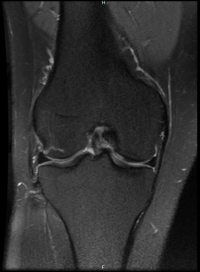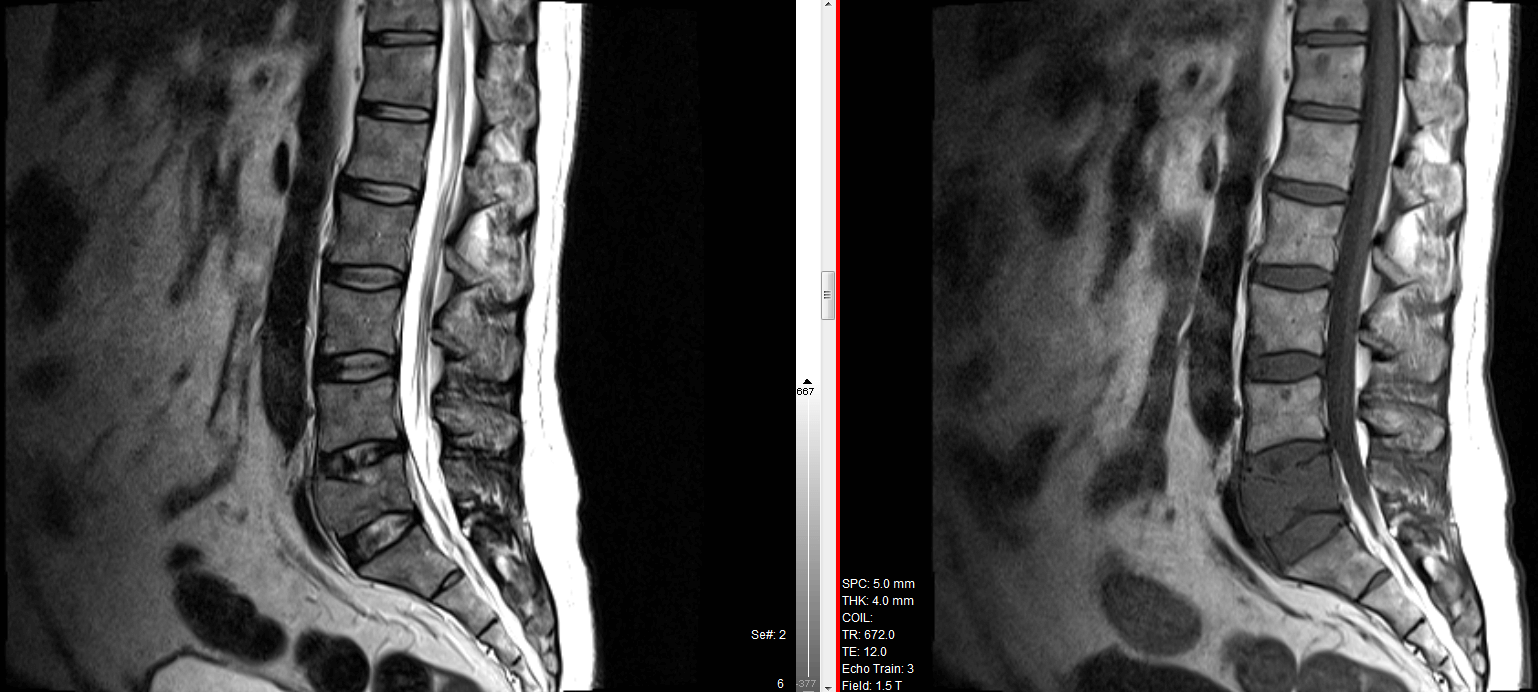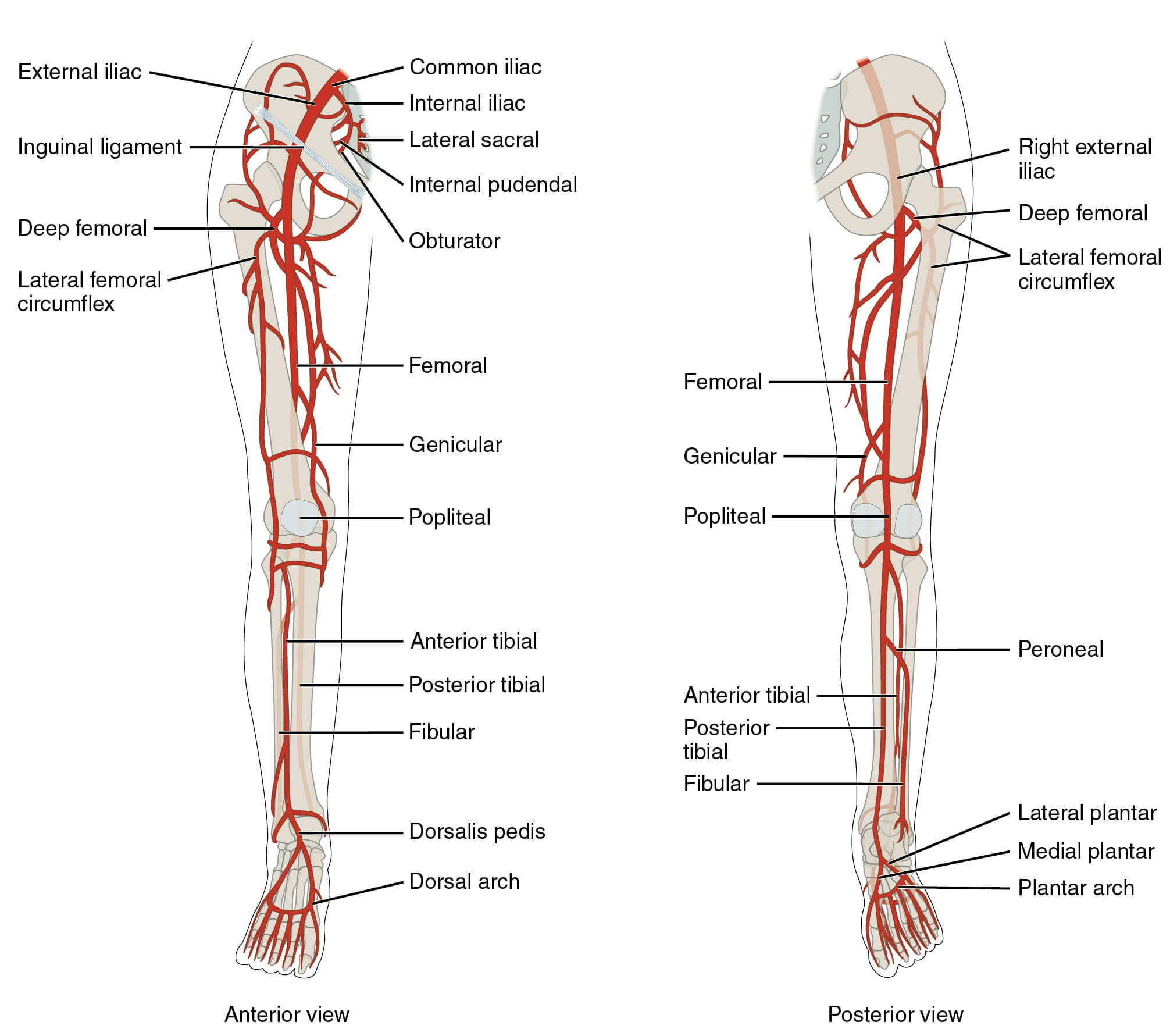Inflammatory makers are routinely used to detect acute inflammation which may be associated with certain diseases. Inflammatory response is usually activated in
- Infections
- Autoimmune diseases
- Certain malignancies – haematological
Inflammatory markers include C reactive protein (CRP), erythrocyte sedimentation rate (ESR), plasma viscosity, fibrinogen, ferritin, and several other acute phase proteins.
CRP is considered to be particularly useful in detecting bacterial infection.
Plasma viscosity is now generally preferred to the erythrocyte sedimentation rate (ESR), as it is unaffected by anaemia or polycythaemia, or by delays between sampling and measurement, and has results independent of age or sex whereas all these factors potentially affect the ESR.
Normal levels of inflammatory markers are valuable in ruling out some specific conditions, such as polymyalgia rheumatica, giant cell arteritis, myeloma, and infection of hip revisions. A normal viscosity or ESR and normal CRP virtually rules out PMR or GCA. Myeloma is another condition which has raised inflammatory markers.
Acute Phase Reactants
ESR
ESR is elevated in inflammatory states. Historically, ESR was performed by observing the rate of settling of red cell, in a vertically held tube, under the influence of gravity. This was the classic Westergren method. Now it is done in a centrifuge to detect the rate of settling of red cells. It is measured as mm/hour.
The ability of RBCs to aggregate or clump together to form rouleaux increases with higher levels of acute phase proteins such as fibrinogen and immunoglobulins in plasma. As a result ESR values are high. This clumping can also cause microvascular occlusion as the capillaries can only allow free flowing RBCs due to their small size rather than aggregations. Something similar is seen in diabetic retinopathy.
The ESR is an estimator of overall inflammation because it depends on the concentration of acute-phase proteins circulating in the blood, particularly fibrinogen; these proteins increase the dielectric constant in the blood and neutralize the negative charges on the surface of red blood cells, which repel one another and physiologically oppose aggregation.
- Reference Values: vary by age and gender. Normal Range 3 – 12 mm/ hour.
Age Adjusted ESR:
- Men – Age divided by 2. e.g. for some with age 50 having ESR up to 25 can be considered as normal (depending upon context, clinical findings etc.)
- Women – Age + 10 divided by 2. In a women aged 50, ESR up to 30 can be considered as normal.
Age adjusted ESR article – The journal of Rheumatology 2005
CRP
CRP is an acute phase reactant whose blood levels increase in response to tissue injury and inflammation. It is measured as mg per decilitre. It is an acute-phase protein found in blood, which is synthesized in the liver in response to inflammation.
- Normal Range: 0 – 5 mg/L
C-Reactive Protein (CRP) Blood Test measures a type of protein that binds with a sugar called C-polysaccharide, which is usually found in bacterial cell wall. CRP is produced in liver as an immediate response to harmful stimuli, such as pathogens. As a result, during infection, CRP concentration increases rapidly in blood.
After an acute inflammatory stimulus, CRP concentration increases rapidly and peaks at 2 to 3 days at levels that reflect the extent of tissue injury. If the stimulus has been removed, serum CRP levels drop rapidly, with a half-life of roughly 19 hours.
Persistent elevations in CRP are seen in chronic inflammatory or infectious states such as active RA or pulmonary tuberculosis, and may be observed also in extensive malignant disease.
Autoantibodies
ANAs – Antinuclear Antibodies are measured in serum and is the most commonly performed screening test for systemic rheumatic diseases also referred to as connective tissue disorders. ANAs occur in patients with autoimmune diseases such as SLE, Sjogren Syndrome, Scleroderma, CREST (Calcinosis, Raynauds, Esophageal dysmotility, Sclerodactyly, Telangiectasia), Polymyositis / Dermatomyositis, RA.
Reference Values: (Mayo Clinic)
< 1.0 U Negative
1.1 – 2.9 U Weakly Positive
3.0 – 5.6 U Positive
> 6.0 U Strongly Positive
Healthy individuals can have weakly positive ANAs but values > 3 U are strongly associated with systemic rheumatic diseases.
ANCA – Antineutrophil Cytoplasmic Antibodies can occur in patients with autoimmune vasculitis including Wegener\’s Granulomatosis.
Results are positive or negative. If positive, the results are titered. (Mayo Clinic)
What to request | Inflammatory Markers
Blood Sciences
- CRP (C Reactive Protein)
- ESR (Erythrocyte Sedimentation Rate)
- FBC (Full Blood Count)
Serology & Immunology
- Rheumatoid Screen
- ANA (Antinuclear antibody)
- CCP Antibody
Tests | Details and References (Oxford)
Full Blood Count
- Haemoglobin
- White Blood Count
- Platelets
- Abs Neutrophils (Abs = absolute count)
- Abs Lymphocytes
- Abs Monocytes
- Abs Eosinophils
- Abs Basophils
- Red Blood Count
- Haematocrit
- Mean Cell Volume
- Mean Cell Haemoglobin
- MCHC (mean corpuscular haemoglobin concentration = average haemoglobin in a group of RBCs)
- Nucleated RBCs (RBCs with nucleus i.e immature RBCs, which are only found in bone marrow. Their presence in blood means there is some problem with blood-bone marrow barrier.)
RBC and Hb –
- Low levels (anaemia) may suggest not enough iron in the diet, blood loss or certain chronic diseases (such as kidney disease).
- High levels (polycythaemia) may suggest polycythaemia vera, kidney disease, chronic lung disease or physiological changes due to living in areas of high altitude
WBC –
- Low levels (leucopenia) may suggest the person has a viral infection, bone marrow disease or has been exposed to chemo- or radiotherapy.
- High levels (leucocytosis) may suggest bacterial infection, an inflammatory disease or bone marrow disease
Platelets –
- Low levels (thrombocytopenia) may be the result of taking some medications, viral infection, bone marrow disorders, or an autoimmune disorder.
- High levels (thrombocythaemia) may suggest the presence of a bone marrow disease or an inflammatory condition.
C-Reactive Protein (0-5 mg /L)
ESR (0-10 mm/ hr)
Anti Nuclear Antibody IgG
- measured as positive or negative. Measured in titre e.g. 40, 80, 160, 320, etc.
- Staining pattern is also reported. e.g speckled.
- (when ANA is -ve, antibodies to ENA and DNA are not performed)
- When positive dsDNA (double stranded DNA) antibody is tested. Normal range 0 – 27 IU/ml
- When +ve, Complement C3 and C4 are also checked.
- Complement C3 (63 – 250 mg/dl)
- Complement C4 (14 – 65 mg/dl)
Rheumatoid Screen
- Rheumatoid Factor (0-40 iu/ml)
- Anti-MCV (CCP) (0-15 iu/ml)
- Antibodies against cyclic citrullinated peptides (CCP) are useful for diagnosing Rheumatoid Arthritis (RA) and Juvenile Idiopathic Arthritis (JIA). Antibodies to mutated citrullinated vimentin (MCV) are also helpful in diagnosis of RA.
Immunoglobulin Screen
- IgG (5.8 – 17 g/L)
- IgA (0.7 – 4 g/L)
- IgM (0 – 3 g/L)
Serum protein Electrophoresis (looks at pattern)
Serum Immunofixation
Serum Immunofixation typing (checks for monoclonal band in the electrophoresis pattern. Called M band.)
Creatine Kinase (29 – 168 U/L)
- Checked in proximal muscle weakness in polymyositis / dermatomyositis
Urea & Electrolytes
- Sodium (136 – 145 mmol/L)
- Potassium (3.5 – 5.1 mmol/L)
- Urea (3.2 – 7.4 mmol/L)
- Serum Creatinine (63 – 111 umol/L)
Liver Function Tests
- Total protein (64 – 83 g/L)
- Albumin (35 – 50 g/L)
- Alanin Transferase
- Alkaline Phosphatase
- Total Bilirubin
- Total Globulins
Some services require mandatory blood tests before referral to Rheumatology which are as follows
For Rheumatoid Arthritis
FBC, Urea and Electrolytes, LFTs, CCP ab, RF, TFT, CRP, ESR, ANF
For Osteoporosis
FBC, Urea and Electrolytes, LFTs, TFT, CRP, ESR, Coeliac antibodies, Igs, Protein Electrophoresis, Bone Profile, Vitamin D and PTH
For Lupus
FBC, Urea and Electrolytes, LFTs, CCP ab, RF, ANF, TFT, dsDNA, CRP, ESR, C3 and C4, ENA, Urinalysis for protein / creatinine ratio and microscopy
For Fibromyalgia
FBC, Urea and Electrolytes, LFTs, TFT, CRP, ESR,Coeliac antibodies, Igs, Protein Electrophoresis, Bone Profile, Vitamin D and PTH, Hepatitis B and C, Lyme serology if from endemic area or history of tick bite, RF, CCP ab, ANA, C3, ENAs
For Gout
FBC, Urea and Electrolytes, LFTs, TFT, CRP, ESR, serum urate
For PMR or GCA
FBC, Urea and Electrolytes, LFTs, CCP ab, RF, TFT, CRP, ESR
For Vasculitis
FBC, Urea and Electrolytes, LFTs, CCP ab, RF, TFT, CRP, ESR, C3 and C4, ENA, Urinalysis for protein / creatinine ratio and microscopy, ANCA, ANF, Blood pressure





